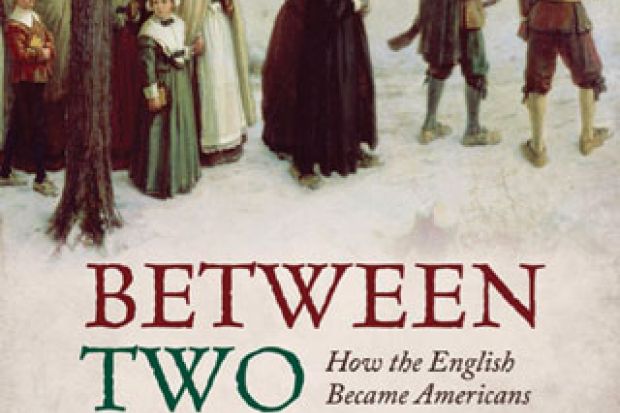As the Victorian imperial historian J. R. Seeley observed, “the history of England is not in England, but in America and Asia”. In Malcolm Gaskill’s beautifully written, sweeping and yet fine-grained account, we learn that, from the earliest moments of English emigration, Seeley’s assessment was right. For the English who went to the colonies were vocal about their identity and sought to retain it, and changing to “American” was not unproblematic. After all, the indigenous peoples they encountered were Americans. Indeed, the English shifted over time, adopting multiple identities as the New World worked on them as much as they worked on it.
This is not linear history. In charting the phases, geographies and identities of England’s great century of migration, Gaskill stresses multiple interactions across and around the Atlantic world. By any measure, this is British history located outside Britain: history with dystopian as well as utopian facets; with violence, calamity and failure alongside fortune, success and serenity. Its rich narrative explores the many reasons why people went to America in pursuit of their own dreams, from wealthy folk desiring estates and farmers seeking their own farms, to Puritans demanding the freedom to worship.
Between Two Worlds charts the hardships and failures of settlements across the span of the 17th century, and covers the indenturing of English labour and the early importation of African slaves. We are guided through key dramas and major epochs; we learn of the remarkable transformation of Boston from village to thriving city in just 20 years. All the while, Gaskill has his eye on the manifold exchanges linking England and the colonies. We experience the brutality in battle of Native Americans through first-hand account, as well as the much greater barbarity of the colonists against the same natives. The Englishness of colonists was, we learn, evinced in fractured lines of support during the English Civil War, whether in the form of Royalist Maryland’s own wars, or endless divisions in the Caribbean. Crime, social dislocation, rebellion and witchcraft are among the other daily or episodic elements of this gripping tale.
There are many fine books on British and Irish migration to colonial America, and this deserves a foremost place among them, not least for its originality in being as much about England as it is about America. Yet the story also weaves in Ireland, for men such as Sir Walter Raleigh and his half-brother, Humphrey Gilbert, followed periods soldiering in Ireland with voyaging to plant the flag in Newfoundland and Virginia. Such men contributed to shaping the “sympathetic fascination for a pristine world and a propensity for exploitation and domination” of the English.
As Gaskill shows, those bound for America sought to maintain old English identities rather than creating new ones. Throughout this account, his scholarship and originality are worn lightly. Drawing on an immense volume of letters, journals and other first-hand materials, and evincing a mastery of the secondary sources, this is a compelling account of how, over 80 or so years, across a vast geography, and several generations, English folk on either side of the Atlantic changed from siblings and offspring into distant cousins and ancestors.
Between Two Worlds: How the English Became Americans
By Malcolm Gaskill
Oxford University Press, 512pp, £20.00
ISBN 9780199672967 and 9780191653834 (e-book)
Published 20 November 2014
Register to continue
Why register?
- Registration is free and only takes a moment
- Once registered, you can read 3 articles a month
- Sign up for our newsletter
Subscribe
Or subscribe for unlimited access to:
- Unlimited access to news, views, insights & reviews
- Digital editions
- Digital access to THE’s university and college rankings analysis
Already registered or a current subscriber? Login





